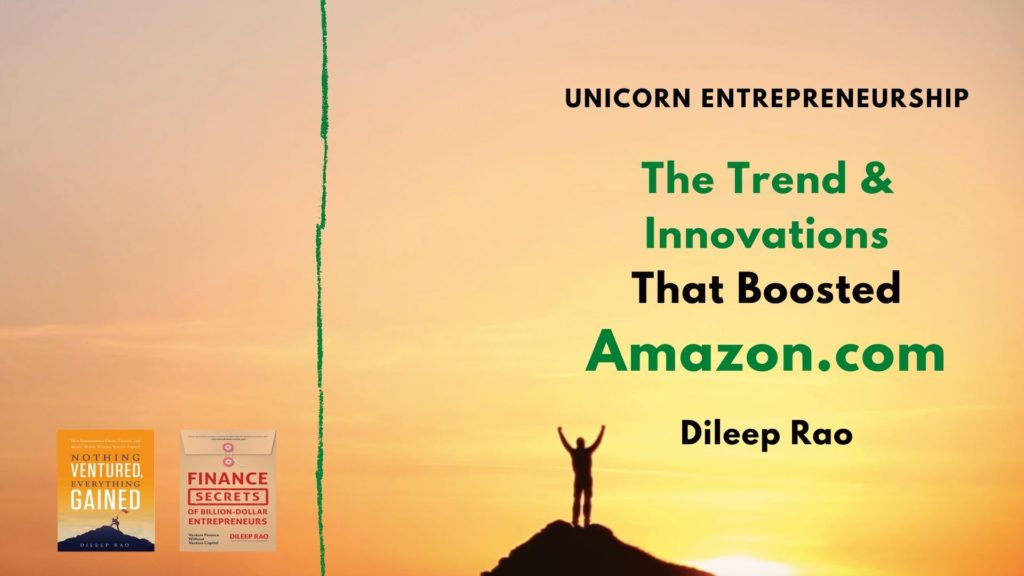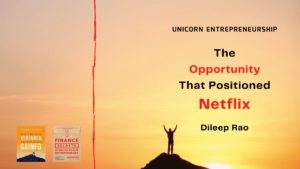This blog was previously published on Forbes.com.
Never have we seen the importance of entrepreneurial leadership as we have in Apple. I have previously written about this issue since the departure of Steve Jobs. I noted that Tim Cook is not the right fit for Apple. While I have not been proved wrong so far (this was written in May 2016 on my Forbes.com blog), I am sure apple shareholders would want me to be wrong.
Before looking at what Apple should do, let’s look at the reasons why Apple is tanking. I don’t mean the stock alone. I also mean the company.
Jobs was a master at identifying giant trends at the emerging stage and climbing on them. That is how he brought Apple back from the brink of disaster. To do this, he developed iTunes and put the online-downloading-of-music genie back in the bottle, which helped the music producing companies make some money off the downloading trend. And naturally, he put Apple in the middle of the trend. He offered the hardware to download and hear this music – the iPod. As computers shrank, he developed the iPad and the attendant apps. And the granddaddy business of them all, he built the iPhone and its colossal ecosystem.
Jobs did not “innovate.” He imitated and improved. Academics pontificate about thinking outside the box. Jobs did just that – not to innovate – but to imitate and improve. That’s how he developed the above billion-dollar businesses.
After identifying giant trends and imitating and improving on the leaders, Jobs then focused on developing a billion-dollar business strategy that helped put him in the middle of the trend and dominate the trend. He found the platform that allowed the various developers to sell their apps and music using his platform. Again, look at the above billion-dollar businesses and what you have are platforms with Apple squarely in the middle.
Lastly, Jobs marketed his new-product imitations and business-strategy innovations with unsurpassed cool and brilliance to make them giants. He pointed out why everyone must have his products to be cool, and how aggressive entrepreneurs should develop apps on his platform. He was a master showman. We have not seen many like him.
So what should Apple do now?
Steve Jobs brought Apple back from the brink of disaster by developing dominating businesses in emerging industries. That was in Jobs’ DNA and is Apple’s destiny. To maintain its valuation, Apple will need to continuously build new billion-dollar businesses since competitors will constantly be on its heels. Otherwise it will be a footnote in history – albeit a giant one.
First, Apple needs to find a giant trend at the emerging stage. There is one that is waiting to be captured and can be a trillion-dollar industry, and a multi-billion-dollar business for Apple. It is 3D printing. The industry is at the emerging stage and has been there for years. It needs someone to grab this trend and make it take off. Apple has the resources. But does it have the skills?
Apple also needs to develop a business strategy that puts the company at the middle of the emerging trend. Apple may have to use its internal and external talents to find the right strategy to capture and dominate this market. But even with its resources, does it have the skills and the guts?
Thirdly, it needs to reexamine its leadership. Apple’s board was derelict between Jobs I and Jobs II. It is headed in that direction again. It needs to do a candid assessment of whether Tim Cook has the required DNA? But first it needs to recognize what it needs to regain its glory and avoid obscurity.
MY TAKE: Apple’s leader does not have to be an operations expert or a financial expert. That is the COO. Jobs made Apple in his image. What Apple needs is a great entrepreneur – a billion-dollar entrepreneur – to continue the image. Nothing Cook has done so far suggests that he has this DNA. Apple should look elsewhere for leadership. Otherwise, it will go down, down, down the same path it followed between Jobs I and Jobs II. Apple has the resources to capture a nascent trillion-dollar industry. All it needs is the entrepreneurial leadership.
Photo by Michał Kubalczyk on Unsplash
Click here to Comment











